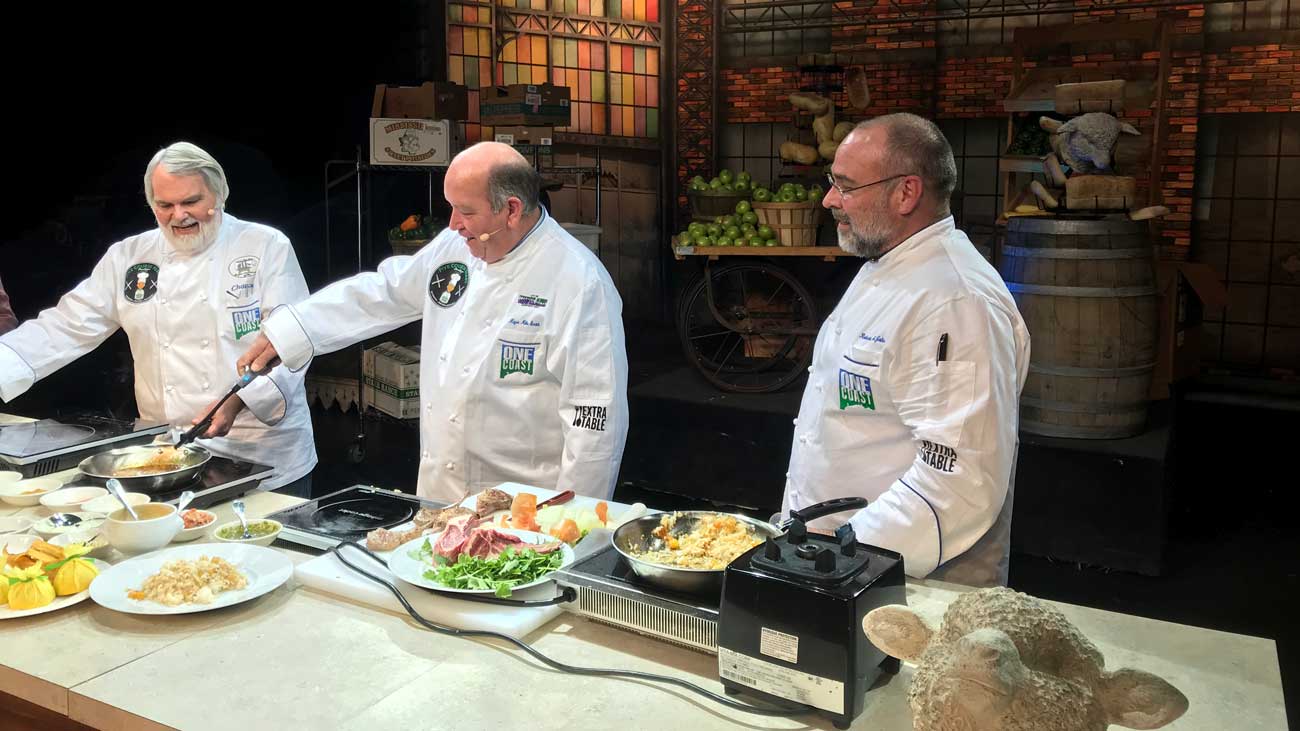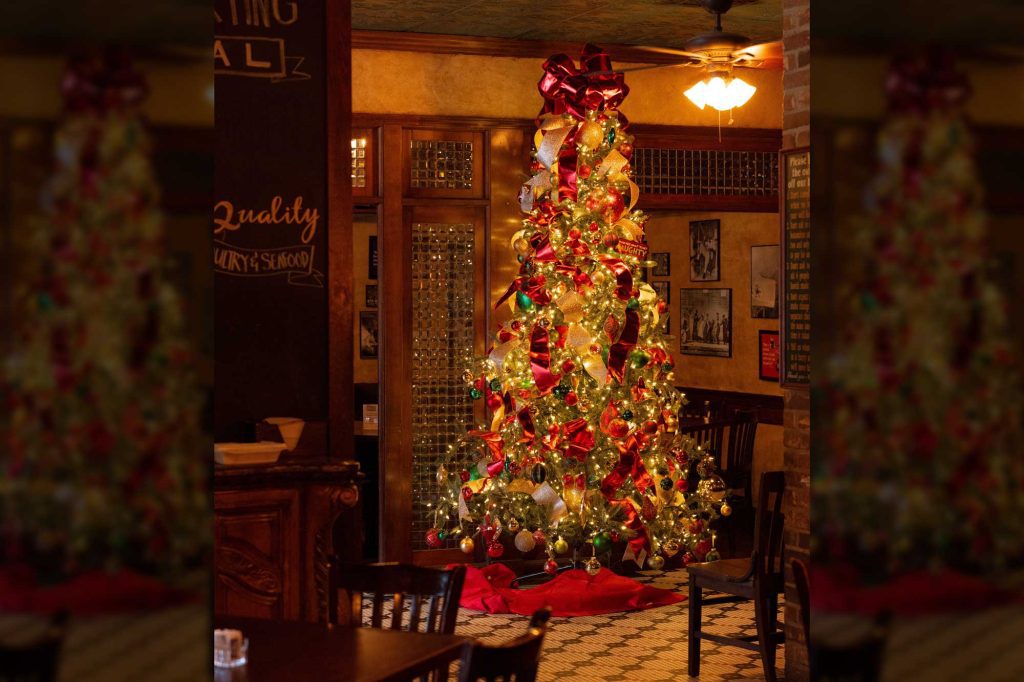Brunch was invented just for me.
If not for me, then certainly whoever came up with the amazing idea of combining breakfast and lunch had someone like me in mind as the prototypical customer.
Breakfast is my favorite meal of the day. I can eat breakfast items in the morning, afternoon, evening, or late night. It makes perfect sense to me to extend the morning offerings a little longer and continue on, letting the breakfast menu morph into the lunch menu.
In another day and time brunch made even more sense. Though I am an early riser these days (I am writing this column at5:17 a.m. on a Monday morning), there was a time in my life that I could actually sleep past 7:00 a.m. If I search the dusty corners of my cerebral cortex long enough, I can remember a time when I could sleep until noon.
In those days before kids, responsibilities, bank notes, and sobriety, sleep came easy. Brunch was a way to sleep late and still be able to eat breakfast foods in a restaurant.
No one served brunch in Hattiesburg when I was a kid. I grew up travelling south to eat brunches in New Orleans with my mother and brother. My mother was big on brunch and exposed her kids to this hybrid meal period early on. She was a fan of formal brunches at Commander’s Palace, Brennans, Louis XVI, and— later on— Mr. B’s. It made perfect sense that, when I opened the Purple Parrot Café in 1987, we would offer Sunday brunch. We did, and it is now the longest-running brunch in the area (if not the state).
Eggs Benedict is the king of brunch. Again, a dish that seems to have been created just for me: Toasted English muffins— check, seared salty ham— check, a slightly runny poached egg— double check, and the queen mother of all sauces, hollandaise— triple check.
Eggs Benedict is one of the first gourmet meals I made for my mother when I started to cook home meals as a kid. My first attempt was a disaster. I overcooked the eggs and broke the hollandaise. The ham and English muffin were OK. Some might say, “That’s not a complete failed attempt. You nailed 50% of the ingredient list.” Sure, but it’s the easiest 50% and the least important 50%.
The quality of the ham used in Eggs Benedict is certainly a key component. Restaurants that use packaged, water-injected shaved deli meat have missed the boat. All of the other components of the dish are fairly low-key on the flavor profile chart. The ham has to be the element that makes a bold, salty statement.
The egg for a Benedict dish must be cooked perfectly. Too runny and you’ve got a mess on the plate and can’t tell the difference between the hollandaise and the yolk. Too hard and the broken yolk doesn’t serve to soften the crisp muffin.
The key component is the rich, lemon-tinged hollandaise sauce. I can spot a packaged dry-mix hollandaise sauce three tables away. As good as Eggs Benedict is, I would rather eat anything else if it is made with fake hollandaise.
Hollandaise is one of the five French Mother Sauces and is made by combining egg yolks with an acid such as lemon juice and/or wine over low heat and then incorporating butter.
Hollandaise is the first sauce I learned to prepare after opening our first restaurant. The original version of our recipe (which has been tweaked over the years) came from a classically trained French chef by way of New York, to Baton Rouge, to Destin, to Hattiesburg. It takes skill, and a strong forearm, to make a perfect hollandaise.
We only serve Eggs Benedict on Sunday, but our chefs make gallons of hollandaise every day for other dishes we serve in the restaurants. They are masters and could run circles around my emulsifying abilities. I make a good hollandaise, but the ladies and gentlemen in our kitchen have probably made over 10,000 gallons of hollandaise over the years, totaling almost 64,000 portions. We’ve cracked a lot of eggs and clarified a lot of butter.
Over the years we’ve tweaked that original Benedict offering and have served various versions featuring fried green tomatoes, veal, fish, spinach, crabmeat, crawfish, and filet mignon. We have also tweaked the hollandaise on those offerings by adding tarragon reduction (béarnaise), creole sauce (choron), demi glace (foyot) and many other ingredients and combinations. But to me, nothing beats the original and king of all brunch dishes, Eggs Benedict.
Hollandaise Sauce
6 Egg Yolks
1/4 cup Fresh lemon juice
1/4 cup White wine
1 tsp. Salt
1/4 tsp White Pepper
1 1/2 cup Clarified butter, warm but not too hot
Place egg yolks, juice, wine and salt in a medium mixing bowl. Using a wire whip mix the ingredients well. Over a double boiler on medium heat, whip the yolk mixture constantly until the yolks thicken. Be careful not to scramble the eggs during the process. The yolks will be ready when you can see “ribbons” as you pull the whip through the mixture. Remove from the double boiler and slowly begin to drizzle in the warm butter while continuing to stir vigorously. If the sauce starts to become too thick, you can use small amounts of warm water to thin it down, no more than a tablespoon or two at a time. Whisk constantly until all of the butter has been incorporated. Hold in a warm but not hot area until ready to use.
Yield: 2 cups



